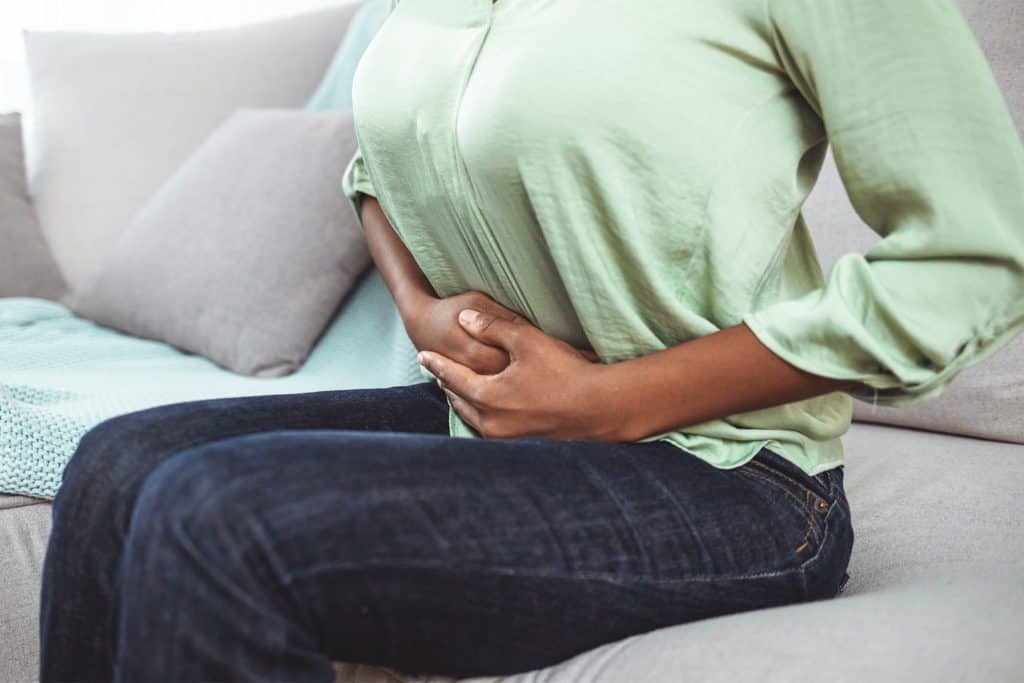May-Thurner Syndrome is a rare anatomic process affecting men and women, often discovered between the ages of 20-45, that causes severe left leg swelling, pain, pressure, and leg heaviness. It can cause complications such as a DVT and Post-Thrombotic Syndrome that are life-limiting to patients. In MTS, the right iliac artery, which carries the blood to your right leg, squeezes the left iliac vein, preventing efficient blood flow. Imagine the vein and artery intersecting and crossing, and that compression prevents the blood from flowing properly.
May-Thurner Syndrome (MTS) occurs when the right common iliac artery compresses the left iliac vein, resulting in a restriction of venous blood flow leaving the lower extremities. This will often cause the patient to feel pain, pressure, heaviness, or experience swelling in the lower legs.
You Have a Choice When It Comes to Vascular Care.
Get an Appointment at VIC In 1 to 3 days – Without a Referral!
You Have a Choice When It Comes to Vascular Care.
Get an Appointment at VIC In 1 to 3 days – Without a Referral!

Most importantly, if you are a patient between the ages of 20-45, with any of these signs or symptoms, the first and most important step is to seek help from your medical provider.
Simple non-invasive tests can be performed in our office to diagnose the presence of May-Thurner Syndrome (MTS). An ultrasound of the pelvis, a CT venogram or an intravascular ultrasound (
The following actions can be done to potentially reduce the symptoms of May Thurner Syndrome (MTS). Suggestions for prevention include:
If left untreated, May-Thurner Syndrome can progress into different stages of disease.
Stage 1: Iliac Vein Compression – some patients may or may not experience symptoms, formation of varicose veins may occur.
Stage 2: Venous Spur Formation – the vein can develop fibrous type shelves which cause the blood flow to be restricted, increasing the chance for a DVT to occur.
Stage 3: Deep Vein Thrombosis (DVT) – happens when a blood clot is formed within the vein. The flow is restricted, leading to severe pain, and swelling in the legs.
Yes. May-Thurner Syndrome—also known as Iliac Vein Compression—can be effectively treated to alleviate the pain and discomfort associated with this condition. Once endovascular treatment is administered, recovery is rapid in most patients, allowing them to return to normal activities. Follow-up appointments on a regular basis with your provider are advised.
Yes, fatigue is a possible symptom of May-Thurner Syndrome, especially with walking or physical activity. It often occurs alongside other complications like varicose veins, leg ulcers, or swelling. If you’re experiencing unexplained fatigue and other symptoms of this condition, talk to your medical provider about a May-Thurner diagnosis.
Based on the location of the offending vein, lower back pain or lower abdominal pain can be felt in some patients. The severity of pain can be variable and often accompanied by lower leg swelling, pressure, or heaviness. Seeking medical attention is advised.
May-Thurner Syndrome can cause leg pain, swelling, and fatigue during activity—but with proper diagnosis and endovascular treatment, most people return to normal routines, including exercise and sports. Managing Iliac Vein Compression early helps you stay active and protects long-term vein health.
Call now to book an appointment.
Conveniently located near Northgate Mall.